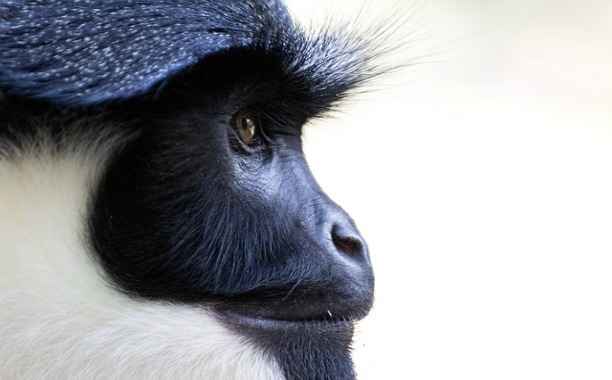Scientists have visualized the brain of the oldest known Old World monkey, revealing that brain complexity can evolve prior to brain size when it comes primates.
Using 3-D computer imaging, researchers were able to create a three-dimensional model of the Victoriapithecus’ brain. The Victoriapithecus skull used in the study belongs to a family of primates that includes macaques and baboons. The skull was discovered in 1997 on an island in Kenya’s Lake Victoria, where the monkey lived 15 million years ago.
Researchers from the Max Planck Institute for Evolutionary Anthropology and Duke University used high-resolution X-Ray imaging to create the 3-D model, NBC News reported.
While the Victoriapithecus’ brain was around half the size of modern monkeys, it contained a surprising level of complexity within the numerous wrinkles and folds of the brain.
As it turns out, the ancient monkey may have had a better sense of smell than monkeys alive today. The olfactory bulb – the part of the brain used to analyze smell — was three times larger than researchers expected, according to Business Standard.
The Victoriapithecus’ brain was around 36 cubic centimeters, which is half the volume of modern monkeys with the same body size.
Previous research has lacked the fossil evidence to end the disagreement on whether primate brains were more folded and complex first and then grew bigger over time, or if they were bigger first and grew more complex through evolution.
Lauren Gonzales, co-author of the study, indicated that the study’s findings offer “some of the hardest proof that in monkeys, the order of events was reversed – complexity came first and bigger brains came later.”
In the part of the primate family tree that includes apes and humans, the thinking is that brains got bigger and then they get more folded and complex. But this study is some of the hardest proof that in monkeys, the order of events was reversed — complexity came first and bigger brains came later.
The study was published on Friday in the journal Nature Communications.
In other news, the red colobus monkey, previously thought to be extinct, was caught on film back in April, proving their existence.
























